Space is the number one thing gardeners want more of. But what happens when you have the space, but nothing grows in it? Front yards are notoriously difficult to grow in for urban areas, and there are actually quite a few reasons why your garden or yard may be struggling. But not all hope is lost!
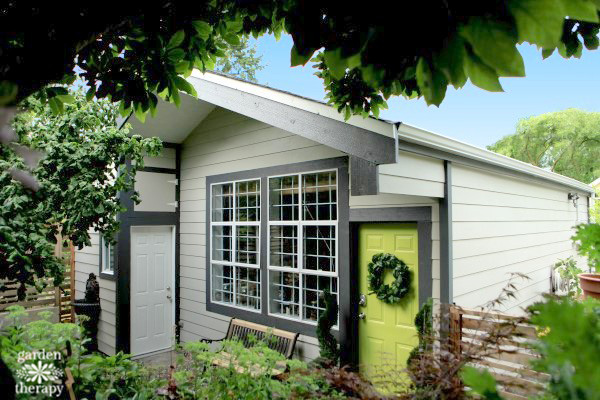
Not so long ago, I received this question and photo from a reader…
“I live in Houston, Texas, in a subdivision. We have two large oak trees in the front yard that we trim every spring. But my front flower bed will not grow anything!! We cut the tree limbs back further to help let In sunlight. Still, nothing grows. We have removed all the soil and planted new things several times. I even left roses in the pots ( I gave up and moved them to the backyard, and they are beautiful now). What can I do??”

This is such a frustrating experience that is, unfortunately, way too common. Many people struggle to get their yards to support the growth of plants, especially those in the front.
If your house faces similar issues, not all hope is lost. Read on to see why your yard might have issues growing plants and what you can do about it.
- Caught Before It’s Too Late
- The Problem With Large Street Trees
- Allelopathic Trees That Produce Chemicals
- So, You’ve Got Soil Issues
- Toxic Substances
- Pollution
- Animals
- What to Do if Nothing Grows in Your Garden
- Acceptance
- More Tips for Front Yard Gardening

Caught Before It’s Too Late
Back when I was house hunting, I found a really lovely house for sale in my neighbourhood. At first, it ticked off all the boxes. It had these beautiful old-growth trees on the front street, a nice little backyard, and a great interior layout.
But then I looked at the soil, and my heart sank. I knew nothing was going to grow there.
I couldn’t tell you exactly why that is, as I don’t carry a soil test kit wherever I go, but I suspected that those old-growth trees were causing a bigger issue for surrounding vegetation.
Sure enough, I looked at all the houses on the street, and none had gardens. While someone might be able to do raised beds and containers, that isn’t my preferred way of gardening. I wanted a place where I could landscape entirely.
And so, as a gardener, I couldn’t imagine myself living there anymore despite it being a lovely house.
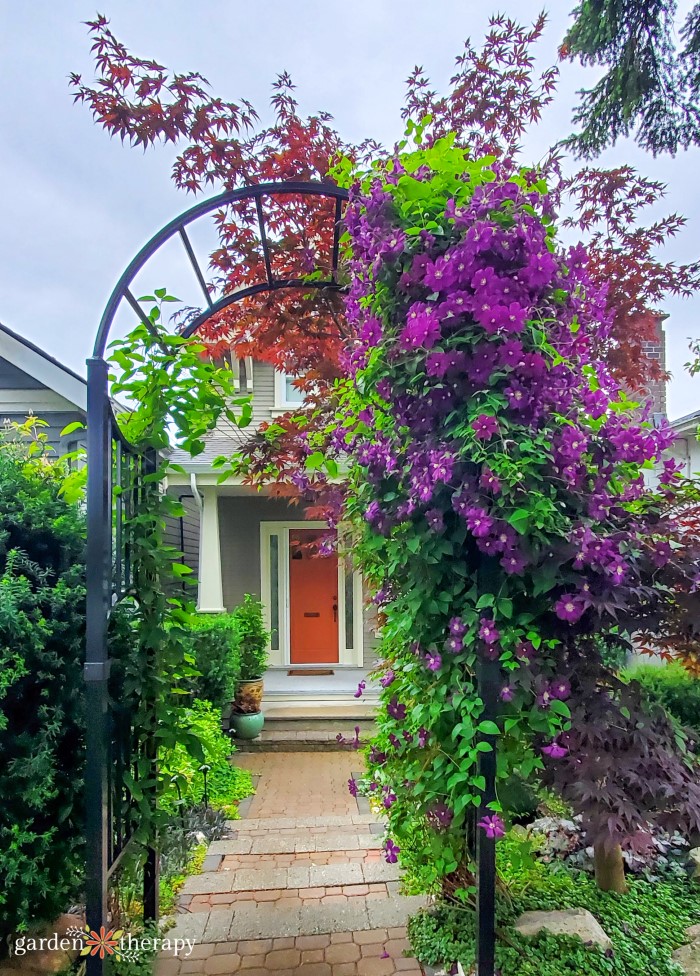
The Problem With Large Street Trees
The old growth trees were a big indicator for me. Of course, they provide plenty of shade which can make it difficult for some plants to grow underneath.
They also have extensive root systems. When you look up at the tree, think about how the root system will be equally as big—oftentimes even larger.
That’s an oldie. A tree of such a large size will need to gather lots of nutrients and water from the surrounding soil to feed the entire tree. This makes it really, really hard for smaller plants to compete with a giant like that.
In some cases, turf grasses can’t even grow. You’ll end up with moss and lichen as companion plants, as they grow well with trees.
So you’re left with a front yard that struggles to grow anything.
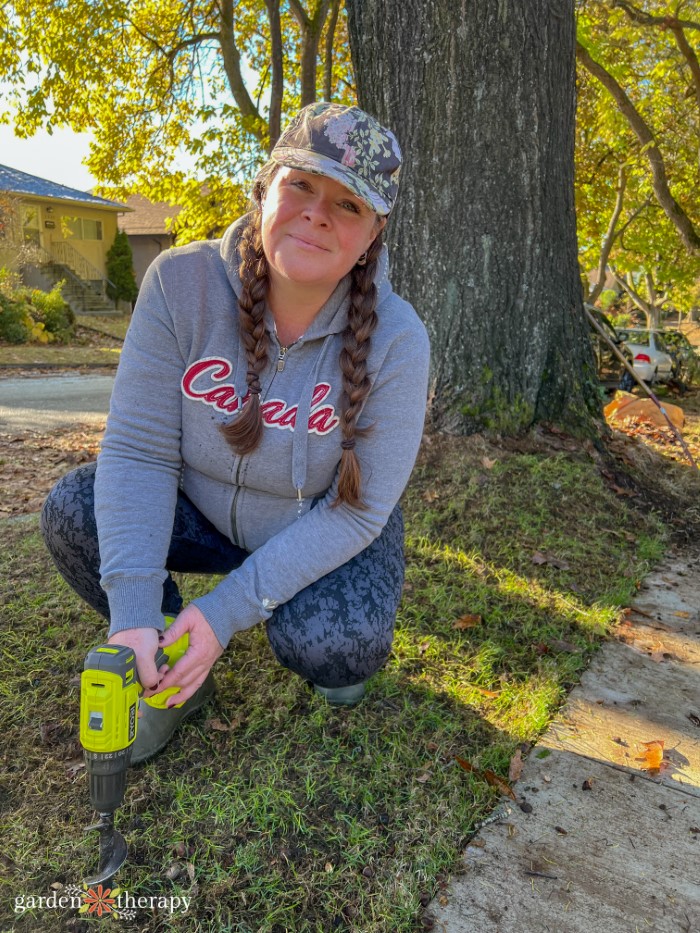
Allelopathic Trees That Produce Chemicals
Some trees are even bigger bullies (or geniuses—however you look at it). These trees produce chemicals that will prevent other plants from growing. They don’t want to compete with other trees, so this can really prevent growth in small urban areas. They’re known as allelopathic.
For instance, black walnut trees (Juglans nigra) and butternut (Juglans cinerea) produce a compound known as Juglone. It prevents plants from germinating and causes plants to look wilted.
Allelopathic plants release these chemicals through their roots or as they decompose. These chemicals can affect a plant’s ability to germinate, develop roots, or take in nutrients. Some plants are sensitive to these chemicals, while others might not be affected at all.
Here are some more allelopathic trees and shrubs to be on the lookout for:
- Bearberry
- Elderberry
- English laurel
- Forsythia
- Junipers
- Rhododendron
- Sugar maple
- Sumac
It should be noted that most large trees are allelopathic in some sense, as they take in so much water to stop other plants from competing.
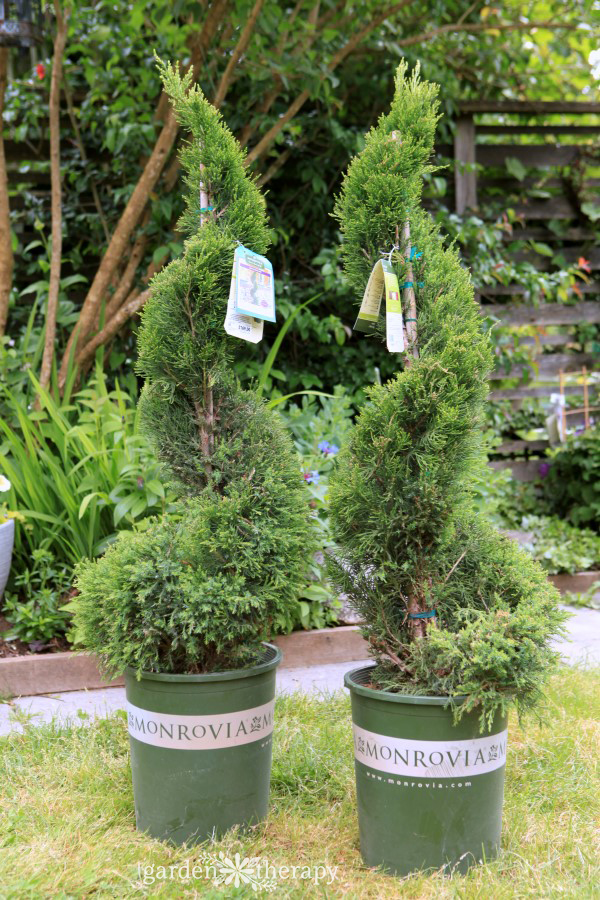
So, You’ve Got Soil Issues
Beyond large trees, it’s also important to look at the soil. In my previous house, there was so much debris in the soil that was left behind by builders who knows how long ago. It took me years to get rid of it all and rebuild the soil into something rich and grow-worthy.
You also will want to know what type of soil you have. Is it overly clay and compact? Is it gritty and dries out quickly? Is it soggy nearly all the time? Good soil needs to be able to both retain water while still having good air circulation for the roots.
I highly recommend you do a soil test to determine your soil’s pH. Adding organic amendments is the best way to turn bad soil into good soil, but it takes a lot of work and patience.
Toxic Substances
It could also be likely that someone has dumped something toxic into the area, such as herbicides. These are very toxic substances that will kill anything, not just weeds. It can have long-lasting residual effects long after the substance is used.
Pollution
If you live on a busy street, pollution could also be a very real issue. Pollution directly harms plants, entering through the stomata of the leaves and injuring them. It also settles in the soil, making it quite acidic and making it difficult for plants to take in nutrients.
Animals
There could be animals living underground that are also an issue, such as moles or voles. These animals might eat the vegetation or roots or damage them simply by habiting the area.
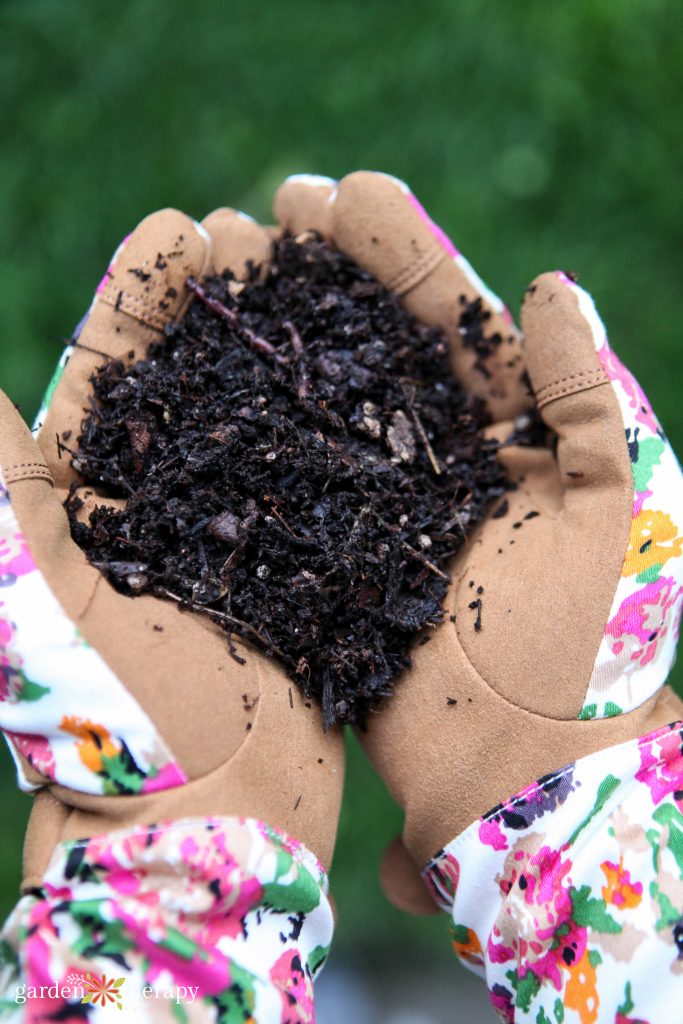
What to Do if Nothing Grows in Your Garden
Let’s get down to what you can actually do about the problem! If you want to fix it immediately, your best bet is to use raised beds.
By bringing the soil up or working in containers, you’ll create your own little ecosystem, which can help solve some of the other issues. Be mindful that if the issue is tree roots, they can grow up into them. Trees will always strive to find nutritious soil and well-watered areas!
If the issue is soil, it will take a lot of time and patience to turn it into something grow-worthy. You’ll need to aerate the soil, continually add layers of organic matter to build it up, and bring in cover crops to help fix it. Weeds are great for turning bad soil into good soil!
Acceptance
What many people don’t want to hear is that maybe you need to take a different approach to your garden. If you want a very landscaped garden, you might have to accept the fact that garden beds with perennials, vegetables, or fruits may not be in the plan.
Instead, treat the area like it’s a concrete slab where nothing grows. Opt for a rock garden with hints of potted flowers or a lovely patio.
You can add some nice flagstone, put some moss in between, perhaps put in a fountain, and add some furniture to create a welcome space.
You can accept that you have this big, beautiful tree and get to work with it rather than fight with it. An outdoor space you can enjoy is still very much possible!
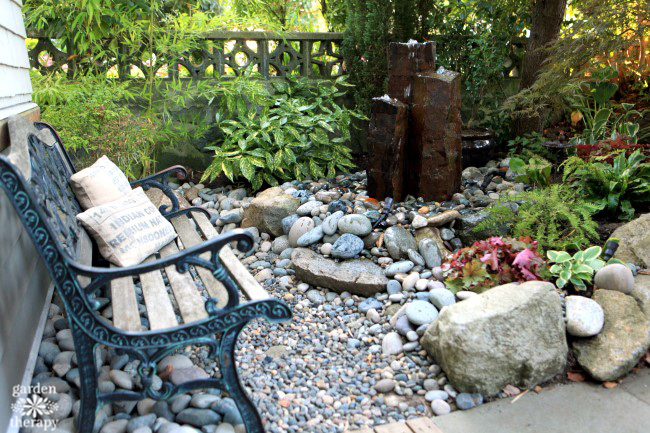
More Tips for Front Yard Gardening
- Design and Plant a Front Yard Bulb Garden and Lawn
- Stinzen Planting: Build Community With Bulbs and Your Sidewalk Strip
- How to Install a Disappearing Fountain in Your Home Garden (It’s Easier Than You Think!)
- Carpet Gardening: Weaving Groundcovers Into Low-Growing Art
- All About Container Gardening: The Steps to Grow Successful Container Gardens




